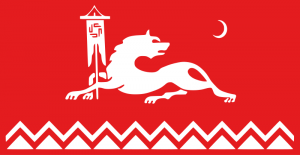Language/Avaric/Grammar/Pronouns
Hi Avaric learners! 😊
In today's lesson, we will be discussing Avaric pronouns. Pronouns are an important part of the Avaric language and understanding them is essential for speaking and writing correctly. We will look at the different types of pronouns, how they are used, and some examples of their usage.
Types of Pronouns
Pronouns can be divided into two main categories: personal pronouns and possessive pronouns.
Personal Pronouns
Personal pronouns are used to refer to people or things. They can be either singular or plural, and they can be either masculine, feminine, or neuter.
The following table shows the personal pronouns in Avaric:
| Singular | Plural | | -------- | ------ | | Masculine | əmən | | Feminine | əməni | | Neuter | əməne |
For example, if you wanted to say "I am a teacher", you would use the masculine singular pronoun "əmən": əmən mədərəsəm.
Possessive Pronouns
Possessive pronouns are used to indicate ownership or possession. They can also be either singular or plural, and they can be either masculine, feminine, or neuter.
The following table shows the possessive pronouns in Avaric:
| Singular | Plural | | -------- | ------ | | Masculine | mənəm | | Feminine | mənəmi | | Neuter | mənəme |
For example, if you wanted to say "My book", you would use the masculine singular pronoun "mənəm": mənəm kətəbəm.
Examples
Here are some examples of how pronouns are used in Avaric:
- əmən mədərəsəm - I am a teacher
- mənəm kətəbəm - My book
- əməni qələbəsi - Her heart
- əməne qələbəse - Its heart
- əmənəm qələbəsim - Our heart
If you have any questions, please ask them in the comments section below.
Feel free to edit this wiki page if you think it can be improved. 😎
Related Lessons

